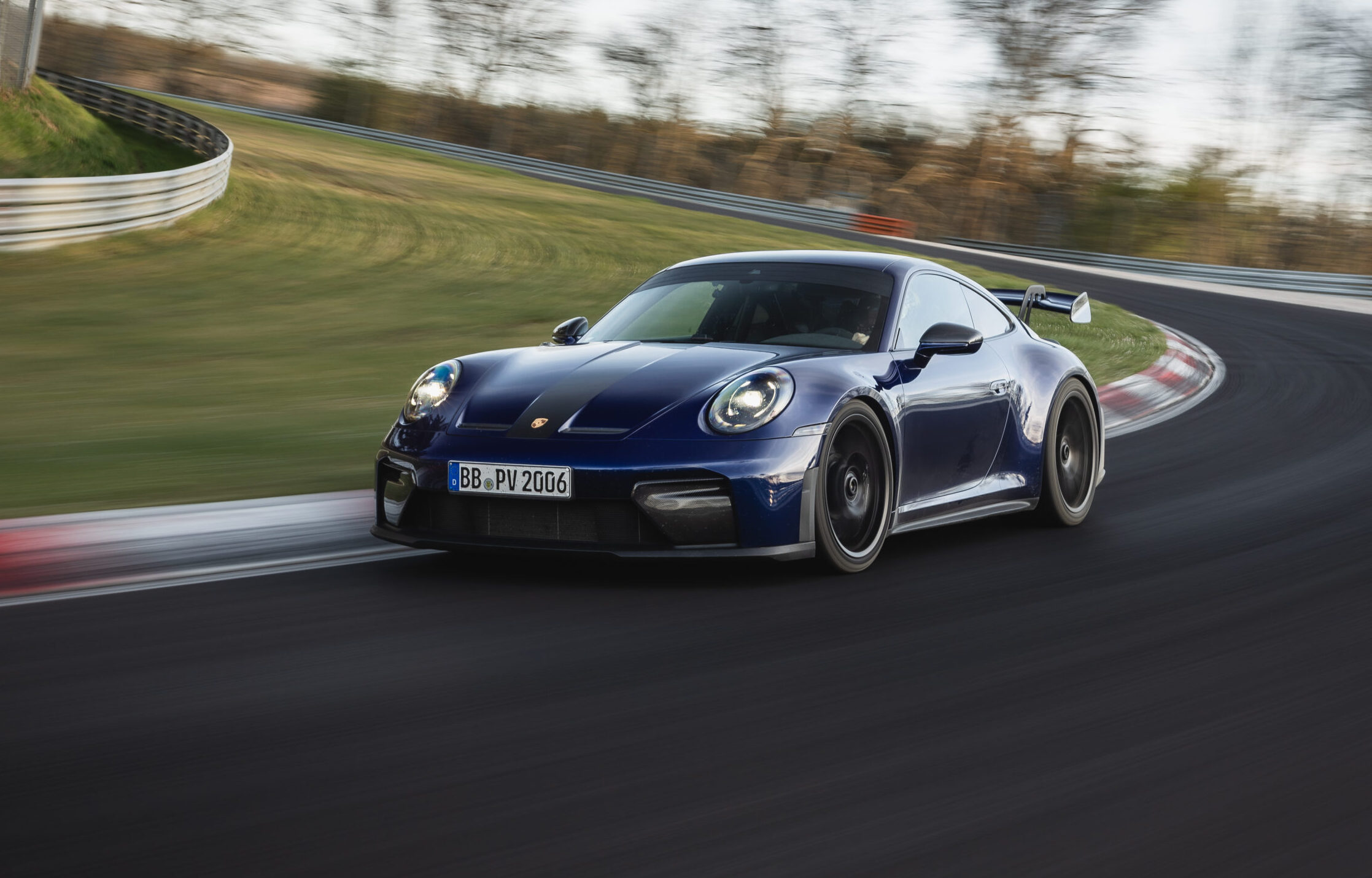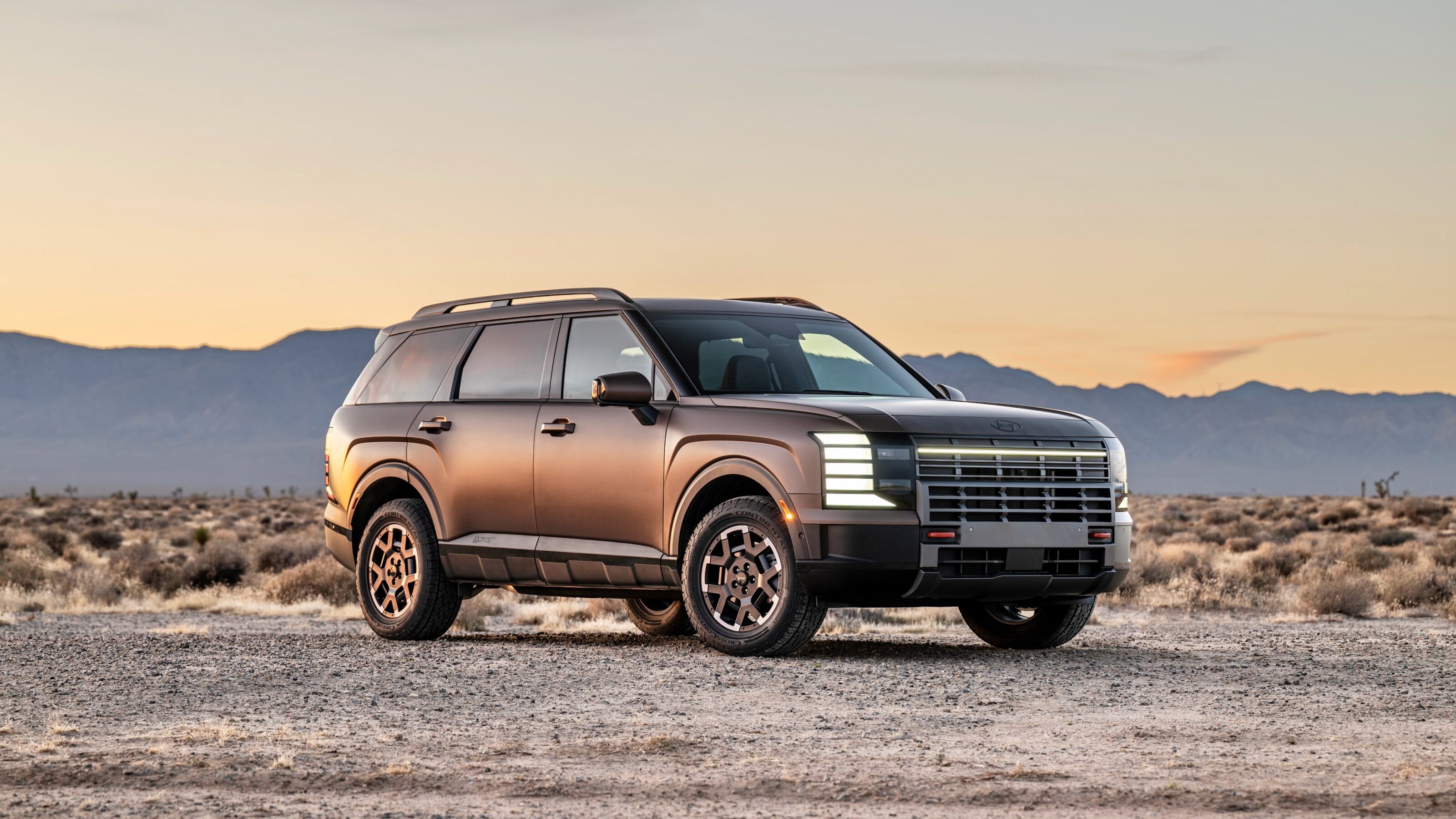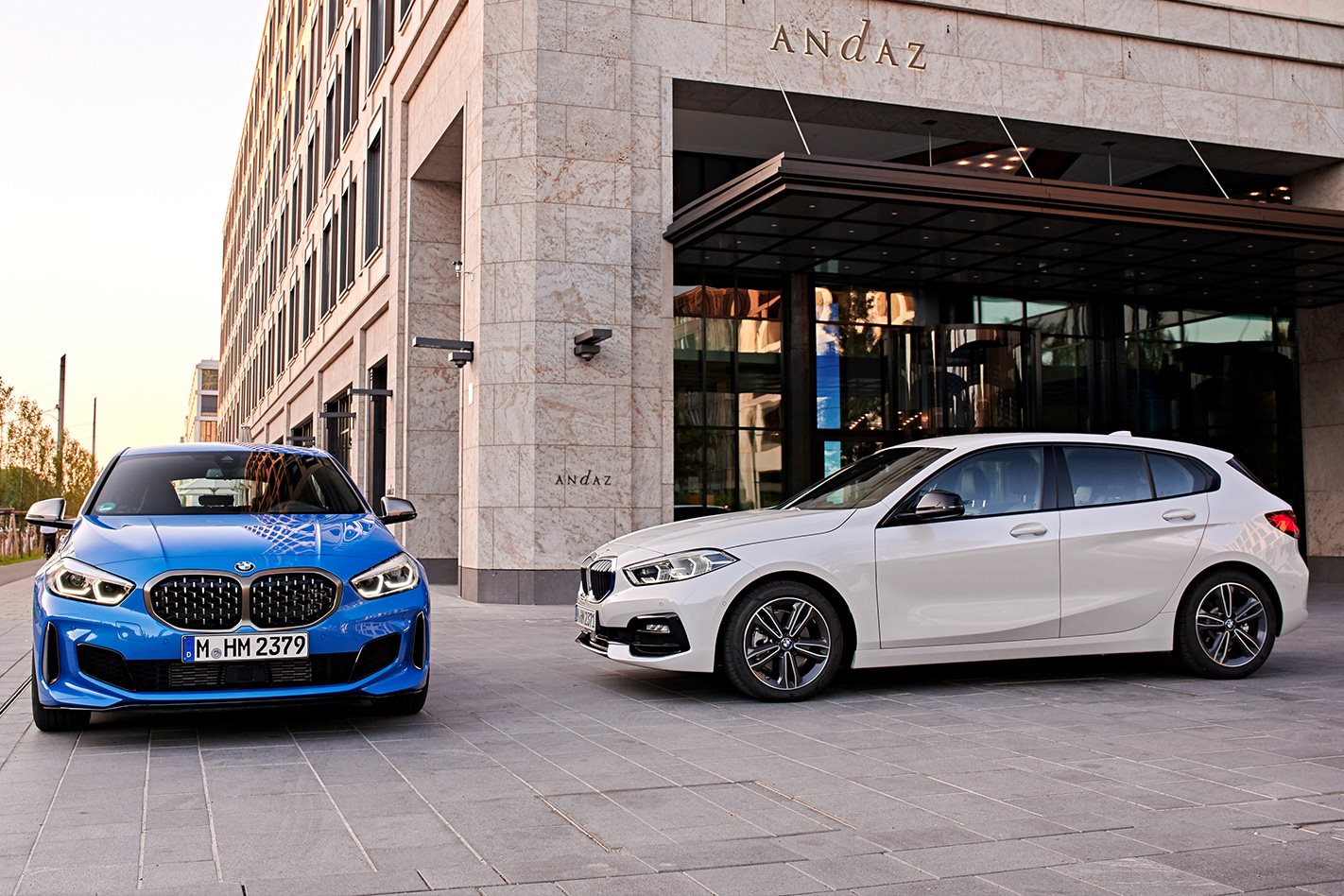
Sheer driving pleasure. It’s a tagline that BMW has sworn by for the last fifteen years. It’s also been code for ‘rear-wheel-drive cars are more fun’, as the German car builder eschewed the push towards front-wheel-drive that started to build up steam in the 1990s.
Now, though, the company has developed its first ever front-driver BMW 1 Series. Launched in its home town of Munich this week, the new 1 Series sits at the base of the BMW range, and will arrive in Australia in late 2019.

It’s based on the same underpinnings – known internally as UKL2 – that are found underneath cars like the BMW X1 and X2, as well as the Mini Countryman.
While rear-wheel-drive cars have long been a staple for the brand, there are compromises to be made as the size of the car shrinks. A rear-wheel-drive car’s engine, for example, has to be mounted in a longitudinal, or ‘north-south’ orientation so it can line up with the gearbox and driveshaft.
This means that the length of the car’s cabin is compromised in order for it to fall within the same measurement ‘footprint’. The driveshaft, too, necessitates a larger tunnel through the middle of the car, which gobbles up interior space.
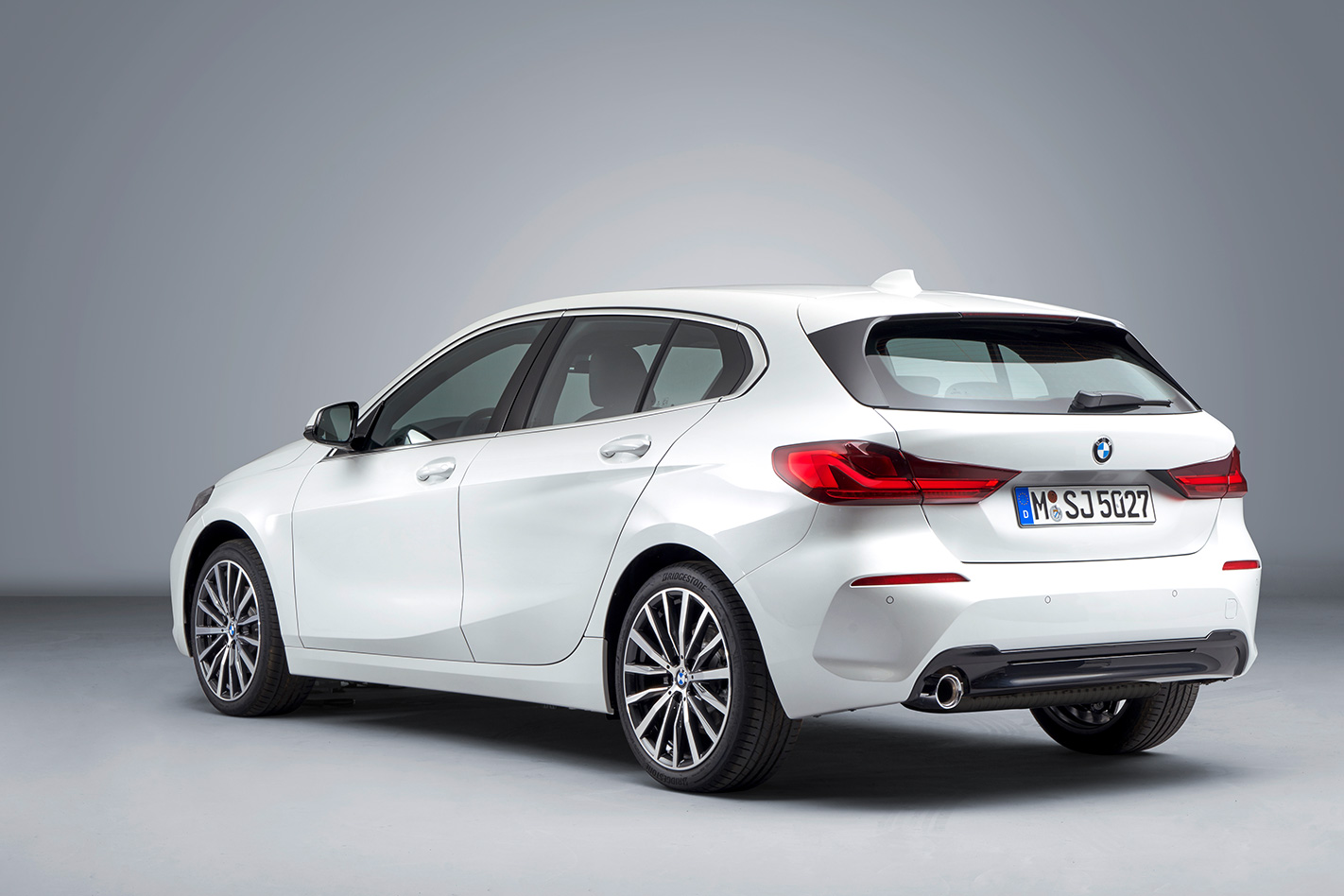
A FWD car, on the other hand, runs its engine ‘sideways’ or transverse in the engine bay, reducing the amount of room needed under the bonnet. Its gearbox and driveshafts, too.
There’s also the question of manufacturing costs and complexity. The UKL2 platform serves the BMW group under its smaller cars, as well as underpinning some of the Mini line-up.
The engines, including both three- and four-cylinder turbocharged petrol units, already exist within the company, so there’s another cost taken care of.
And it means that the new 1 Series is 30kg lighter on average and 20mm shorter overall, but is 34mm wider and has much more interior space.
It’s a big sidestep for the brand, but a necessary one, according to BMW insiders.
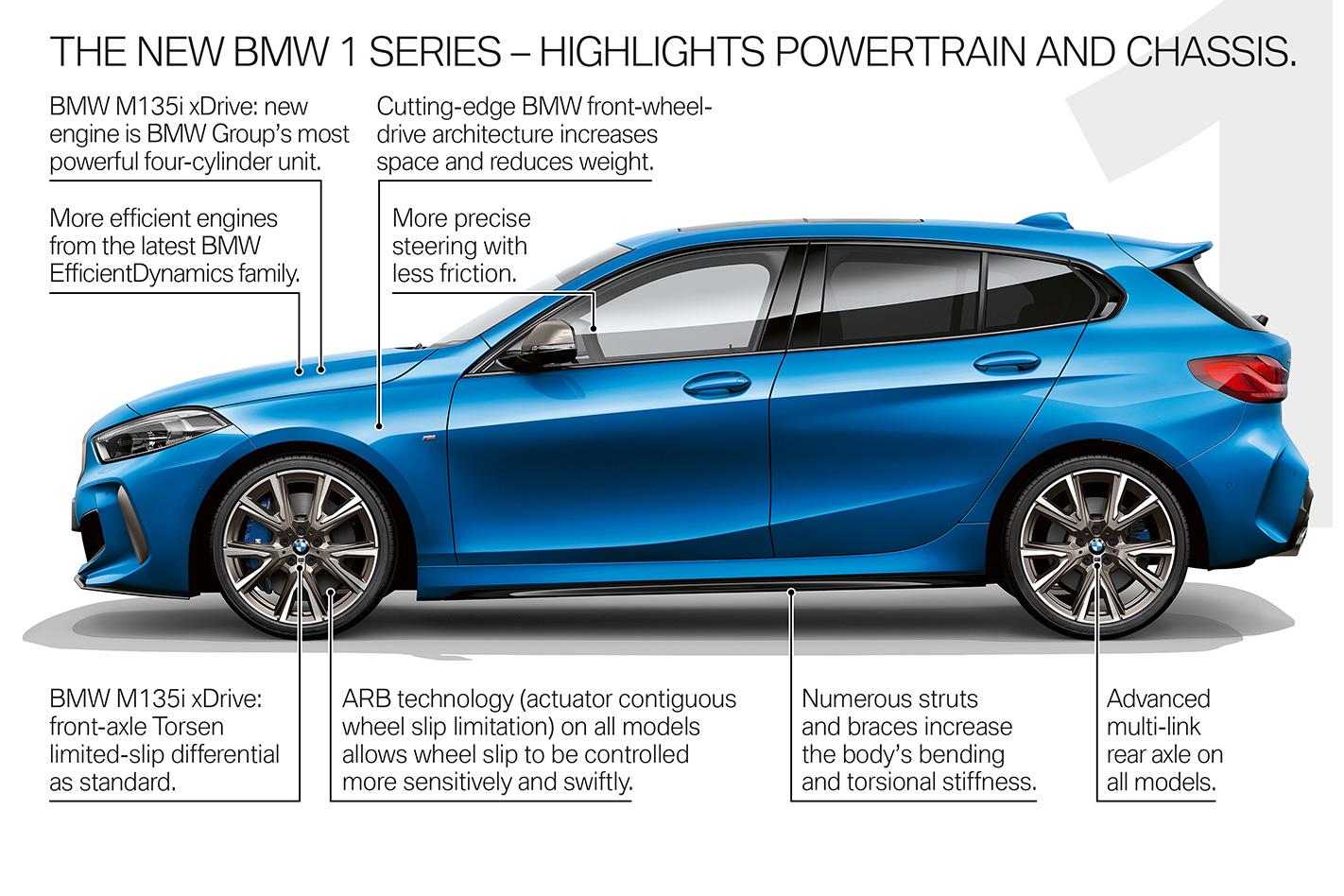
“Driving a front-wheel or a rear-wheel drive car now, there is almost no way to tell the differences, not like 15 years ago,” said BMW’s press spokesperson for the 1 series, Florian Moser. “For sure, 15 years ago it was the right way to go, but times have changed.
“Going to FWD has allowed us to make a big step forward in the compact segment, where we fight for every centimetre we can get.”
He’s quick to assure that this isn’t the thin end of a wedge that will see BMW move towards a front-driven future.
“It’s about having the right package for each segment of the market,” he said.
The powertrain project manager for the BMW 1 Series, Christian Bock, said that the company had been naturally evolving towards this point for the last few years and that the pieces were in place to make the transition easier for the new 1 Series.
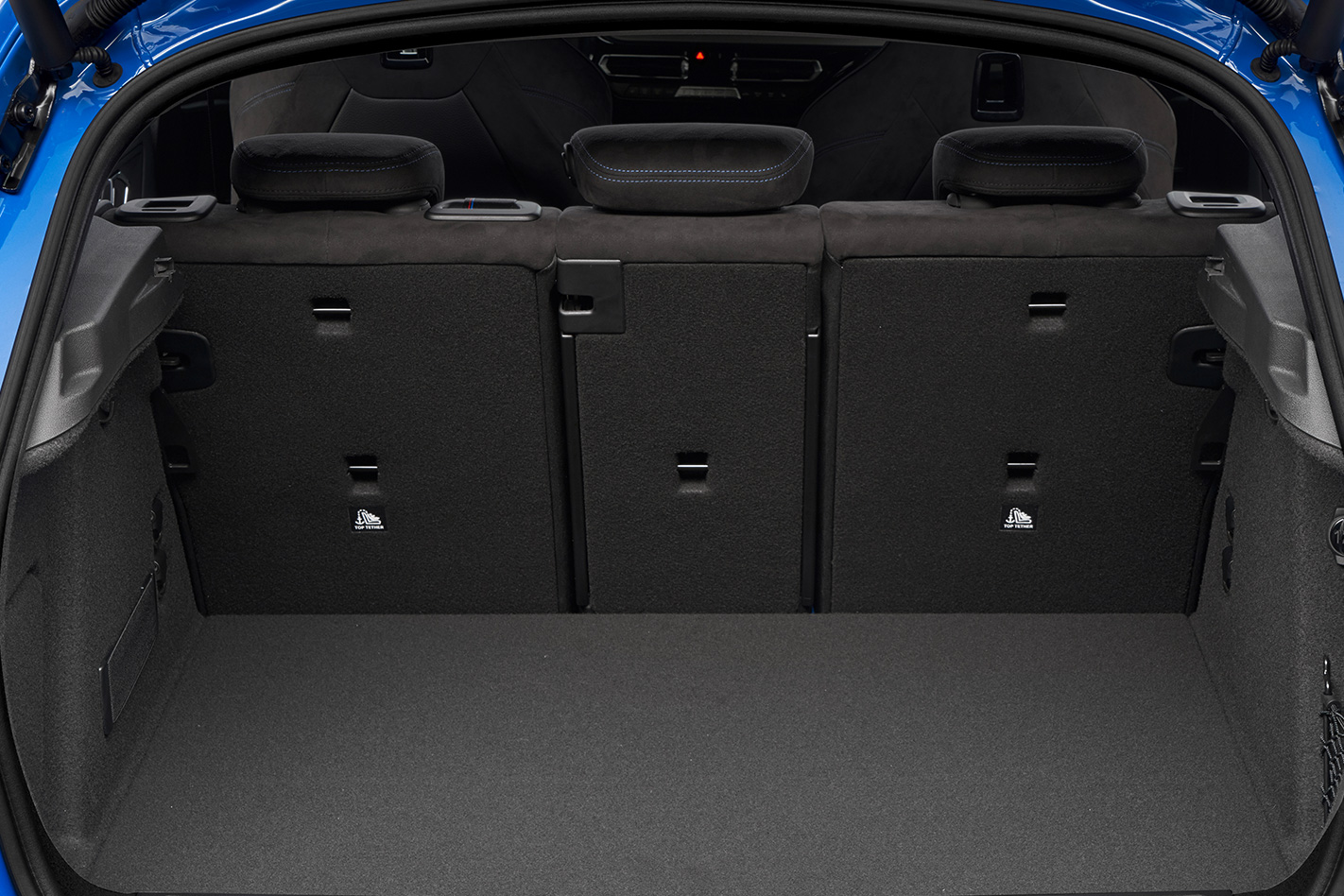
“When we developed the second-generation (2011-2019) 1 Series, we already had all of the architecture and engines to stay with longitudinal engines and rear wheel drive; it was easy to stay on that path,” he told WhichCar.
“With the new third-generation, we have access to the Mini architecture and engines. It was a natural progression.
“Honestly, this one was the most interesting and the toughest tasks in my business life to make the powertrain of this car even better than this one of the predecessor, which is a very good powertrain, and I think we achieved it.”
We’ll bring you more on the 1 Series next week.

